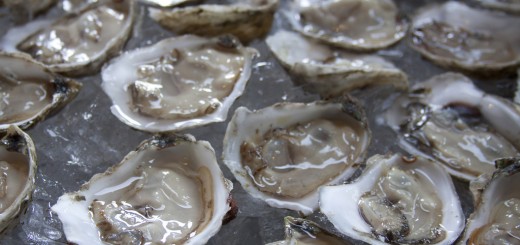Component 2: Natural History of Oysters
This component of the Case Study assignment asks each group to create written explorations of the following disciplinary perspectives as they relate to the natural history of oysters. Your text should be at least 1000 words and include a minimum of two images that illustrates your text. Maps, graphs, and charts are encouraged. Include a caption with image attribution for each visual resource. Include at least four references, fully cited, one of which can be a program text.
You may enjoy a broad historical understanding of what natural history studies are: https://en.wikipedia.org/wiki/Natural_history
For our case study of oysters, at a minimum your group should focus on the oyster species known as the Pacific oyster, Crassostrea gigas . Your discussion should address at least the following topics: life cycle and reproduction, native and cultivated geographic ranges, suitable habitat(s) for entire life cycle (include water quality parameters such as temperature, salinity, turbidity, nutrients, and toxins or pollutants), major predators, parasites or diseases, nursery propagation methods, and typical aquaculture and harvest practices, and productivity of the industry (eg. yield of oysters in specific areas or under specific conditions). In the context of aquaculture, please include a comparison of Crassostrea gigas with the Kumamoto oyster (Crassostrea sikamea) and the native Olympia oyster (Ostrea lurida).
*Note: References should be peer-reviewed journal articles when available and appropriate, then books, then websites. Link all references to your oysters Zotero bibliography.



